Tetracosane
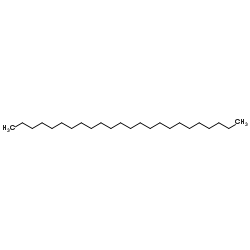
Tetracosane structure
|
Common Name | Tetracosane | ||
|---|---|---|---|---|
| CAS Number | 646-31-1 | Molecular Weight | 338.654 | |
| Density | 0.8±0.1 g/cm3 | Boiling Point | 391.1±5.0 °C at 760 mmHg | |
| Molecular Formula | C24H50 | Melting Point | 49-52 °C(lit.) | |
| MSDS | Chinese USA | Flash Point | 234.5±7.2 °C | |
Use of TetracosaneTetracosane (ALKANE C24) is a natural product that can be found in Acrostichum aureum. Tetracosane hows cytotoxicity and induces Apoptosis. Tetracosane has the potential for the research of peptic ulcer[1]. |
| Name | tetracosane |
|---|---|
| Synonym | More Synonyms |
| Description | Tetracosane (ALKANE C24) is a natural product that can be found in Acrostichum aureum. Tetracosane hows cytotoxicity and induces Apoptosis. Tetracosane has the potential for the research of peptic ulcer[1]. |
|---|---|
| Related Catalog | |
| In Vitro | Tetracosane (0-250 µM; 24, 48 h) 表现出细胞毒性并以时间依赖性方式诱导细胞凋亡[1]。 Cell Cytotoxicity Assay[1] Cell Line: HT-29, MDA-MB-231, AGS cells Concentration: 0-250 µM Incubation Time: Result: Showed cytotoxicity with IC50s of 128.7, >250, >250 µM for HT-29, MDA-MB-231, AGS cells, respectively. Apoptosis Analysis[1] Cell Line: AGS cells Concentration: 500 µg/mL Incubation Time: 24, 48 h Result: Induced apoptosis with the late apoptosis rate of 10% at 24 h and increased to 20% at 48 h. |
| References |
| Density | 0.8±0.1 g/cm3 |
|---|---|
| Boiling Point | 391.1±5.0 °C at 760 mmHg |
| Melting Point | 49-52 °C(lit.) |
| Molecular Formula | C24H50 |
| Molecular Weight | 338.654 |
| Flash Point | 234.5±7.2 °C |
| Exact Mass | 338.391266 |
| LogP | 13.51 |
| Vapour Pressure | 0.0±0.4 mmHg at 25°C |
| Index of Refraction | 1.446 |
Synonym:None Known Section 2 - COMPOSITION, INFORMATION ON INGREDIENTS
Risk Phrases: None Listed. Section 3 - HAZARDS IDENTIFICATION EMERGENCY OVERVIEW
The toxicological properties of this material have not been fully investigated. Potential Health Effects Eye: May cause eye irritation. Skin: May cause skin irritation. Ingestion: May cause irritation of the digestive tract. The toxicological properties of this substance have not been fully investigated. Inhalation: May cause respiratory tract irritation. The toxicological properties of this substance have not been fully investigated. Chronic: No information found. Section 4 - FIRST AID MEASURES Eyes: Flush eyes with plenty of water for at least 15 minutes, occasionally lifting the upper and lower eyelids. Get medical aid. Skin: Get medical aid. Flush skin with plenty of water for at least 15 minutes while removing contaminated clothing and shoes. Wash clothing before reuse. Ingestion: Never give anything by mouth to an unconscious person. Get medical aid. Do NOT induce vomiting. If conscious and alert, rinse mouth and drink 2-4 cupfuls of milk or water. Inhalation: Remove from exposure and move to fresh air immediately. If not breathing, give artificial respiration. If breathing is difficult, give oxygen. Get medical aid. Notes to Physician: Section 5 - FIRE FIGHTING MEASURES General Information: As in any fire, wear a self-contained breathing apparatus in pressure-demand, MSHA/NIOSH (approved or equivalent), and full protective gear. During a fire, irritating and highly toxic gases may be generated by thermal decomposition or combustion. Runoff from fire control or dilution water may cause pollution. Extinguishing Media: Use agent most appropriate to extinguish fire. Use water spray, dry chemical, carbon dioxide, or appropriate foam. Section 6 - ACCIDENTAL RELEASE MEASURES General Information: Use proper personal protective equipment as indicated in Section 8. Spills/Leaks: Vacuum or sweep up material and place into a suitable disposal container. Clean up spills immediately, observing precautions in the Protective Equipment section. Avoid generating dusty conditions. Provide ventilation. Section 7 - HANDLING and STORAGE Handling: Wash thoroughly after handling. Remove contaminated clothing and wash before reuse. Use with adequate ventilation. Minimize dust generation and accumulation. Avoid contact with eyes, skin, and clothing. Keep container tightly closed. Avoid ingestion and inhalation. Storage: Store in a tightly closed container. Store in a cool, dry, well-ventilated area away from incompatible substances. Section 8 - EXPOSURE CONTROLS, PERSONAL PROTECTION Engineering Controls: Facilities storing or utilizing this material should be equipped with an eyewash facility and a safety shower. Use adequate ventilation to keep airborne concentrations low. Exposure Limits CAS# 646-31-1: Personal Protective Equipment Eyes: Wear appropriate protective eyeglasses or chemical safety goggles as described by OSHA's eye and face protection regulations in 29 CFR 1910.133 or European Standard EN166. Skin: Wear appropriate protective gloves to prevent skin exposure. Clothing: Wear appropriate protective clothing to prevent skin exposure. Respirators: Follow the OSHA respirator regulations found in 29 CFR 1910.134 or European Standard EN 149. Use a NIOSH/MSHA or European Standard EN 149 approved respirator if exposure limits are exceeded or if irritation or other symptoms are experienced. Section 9 - PHYSICAL AND CHEMICAL PROPERTIES Physical State: Solid Color: white Odor: None reported. pH: Not available. Vapor Pressure: Not available. Viscosity: Not available. Boiling Point: 391 deg C @ 760.00mmHg Freezing/Melting Point: 49.00 - 52.00 deg C Autoignition Temperature: Not applicable. Flash Point: > 110 deg C (> 230.00 deg F) Explosion Limits, lower: Not available. Explosion Limits, upper: Not available. Decomposition Temperature: Solubility in water: insoluble Specific Gravity/Density: Molecular Formula: C24H50 Molecular Weight: 338.65 Section 10 - STABILITY AND REACTIVITY Chemical Stability: Stable under normal temperatures and pressures. Conditions to Avoid: Incompatible materials, dust generation, excess heat, strong oxidants. Incompatibilities with Other Materials: Oxidizing agents. Hazardous Decomposition Products: Carbon monoxide, irritating and toxic fumes and gases, carbon dioxide. Hazardous Polymerization: Has not been reported. Section 11 - TOXICOLOGICAL INFORMATION RTECS#: CAS# 646-31-1 unlisted. LD50/LC50: Not available. Carcinogenicity: Tetracosane - Not listed by ACGIH, IARC, or NTP. Section 12 - ECOLOGICAL INFORMATION Section 13 - DISPOSAL CONSIDERATIONS Dispose of in a manner consistent with federal, state, and local regulations. Section 14 - TRANSPORT INFORMATION IATA Not regulated as a hazardous material. IMO Not regulated as a hazardous material. RID/ADR Not regulated as a hazardous material. Section 15 - REGULATORY INFORMATION European/International Regulations European Labeling in Accordance with EC Directives Hazard Symbols: Not available. Risk Phrases: Safety Phrases: S 24/25 Avoid contact with skin and eyes. S 28A After contact with skin, wash immediately with plenty of water. S 37 Wear suitable gloves. S 45 In case of accident or if you feel unwell, seek medical advice immediately (show the label where possible). WGK (Water Danger/Protection) CAS# 646-31-1: No information available. Canada CAS# 646-31-1 is listed on Canada's DSL List. CAS# 646-31-1 is not listed on Canada's Ingredient Disclosure List. US FEDERAL TSCA CAS# 646-31-1 is listed on the TSCA inventory. SECTION 16 - ADDITIONAL INFORMATION N/A |
| Precursor 9 | |
|---|---|
| DownStream 7 | |
| HS Code | 2901100000 |
|---|---|
| Summary | 2901100000 saturated acyclic hydrocarbons。Supervision conditions:None。VAT:17.0%。Tax rebate rate:9.0%。MFN tariff:2.0%。General tariff:30.0% |
|
Comparison between solid phase microextraction (SPME) and hollow fiber liquid phase microextraction (HFLPME) for determination of extractables from post-consumer recycled PET into food simulants.
Talanta 127 , 59-67, (2014) Hollow fiber liquid phase microextraction (HFLPME) and solid phase microextraction (SPME) methods for pre-concentration of contaminants (toluene, benzophenone, tetracosane and chloroform) in food simu... |
|
|
OsWS1 involved in cuticular wax biosynthesis is regulated by osa-miR1848.
Plant Cell Environ. 38 , 2662-73, (2015) Cuticular wax forms a hydrophobic layer covering aerial plant organs and acting as a protective barrier against biotic and abiotic stresses. Compared with well-known wax biosynthetic pathway, molecula... |
|
|
Identification of Aroma-active Compounds in Essential Oil from Uncaria Hook by Gas Chromatography- Mass Spectrometry and Gas Chromatography-Olfactometry.
J. Oleo Sci. 64 , 825-33, (2015) The chemical composition of essential oil extracted from Uncaria Hook ("Chotoko" in Japanese), the branch with curved hook of the herbal medicine Uncaria rhynchophylla has been investigated by GC and ... |
| tetracosan acid |
| n-tetracosane |
| UNII-YQ5H1M1D7I |
| tetraeicosane |
| EINECS 211-474-5 |
| MFCD00009352 |
| Tetracosane |
| Tricosane,methyl |
| T8752_ALDRICH |
 CAS#:4292-19-7
CAS#:4292-19-7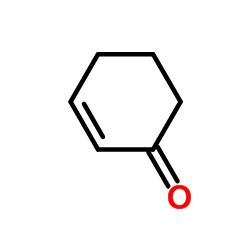 CAS#:930-68-7
CAS#:930-68-7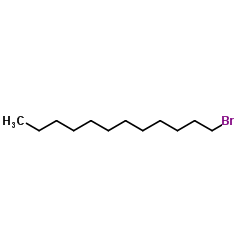 CAS#:143-15-7
CAS#:143-15-7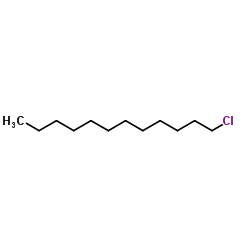 CAS#:112-52-7
CAS#:112-52-7 CAS#:15890-72-9
CAS#:15890-72-9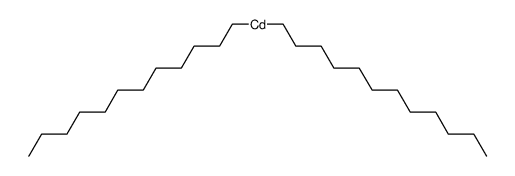 CAS#:80336-91-0
CAS#:80336-91-0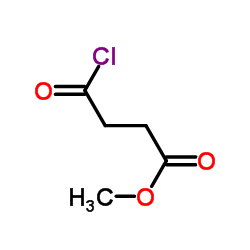 CAS#:1490-25-1
CAS#:1490-25-1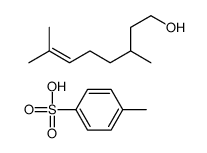 CAS#:41144-01-8
CAS#:41144-01-8 CAS#:10478-23-6
CAS#:10478-23-6 CAS#:112-92-5
CAS#:112-92-5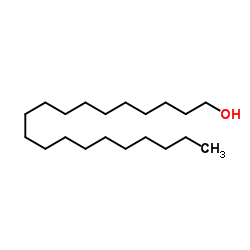 CAS#:629-96-9
CAS#:629-96-9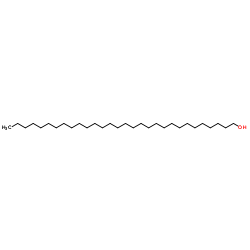 CAS#:593-50-0
CAS#:593-50-0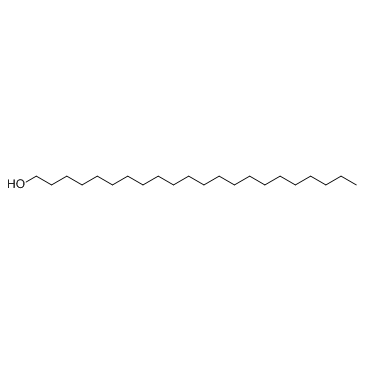 CAS#:661-19-8
CAS#:661-19-8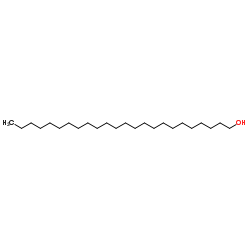 CAS#:506-51-4
CAS#:506-51-4 CAS#:506-52-5
CAS#:506-52-5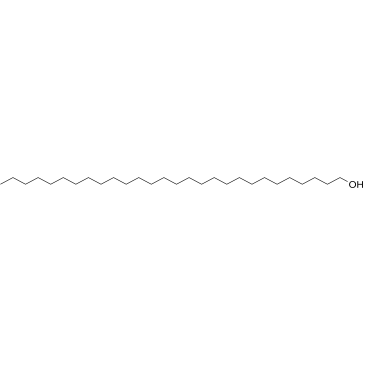 CAS#:557-61-9
CAS#:557-61-9
